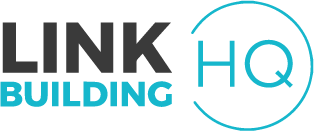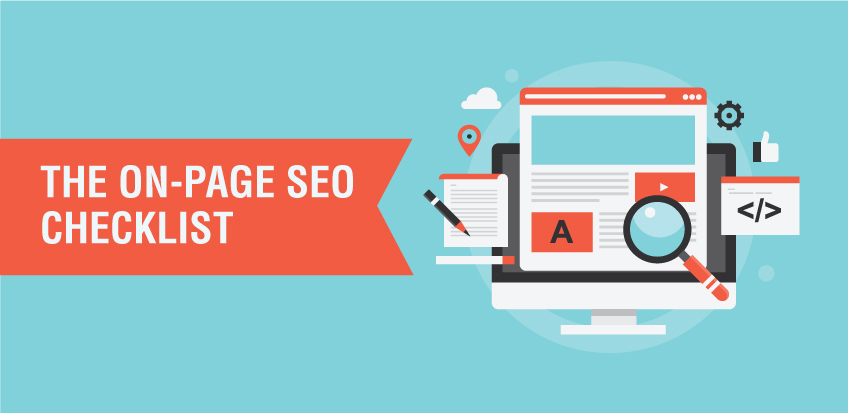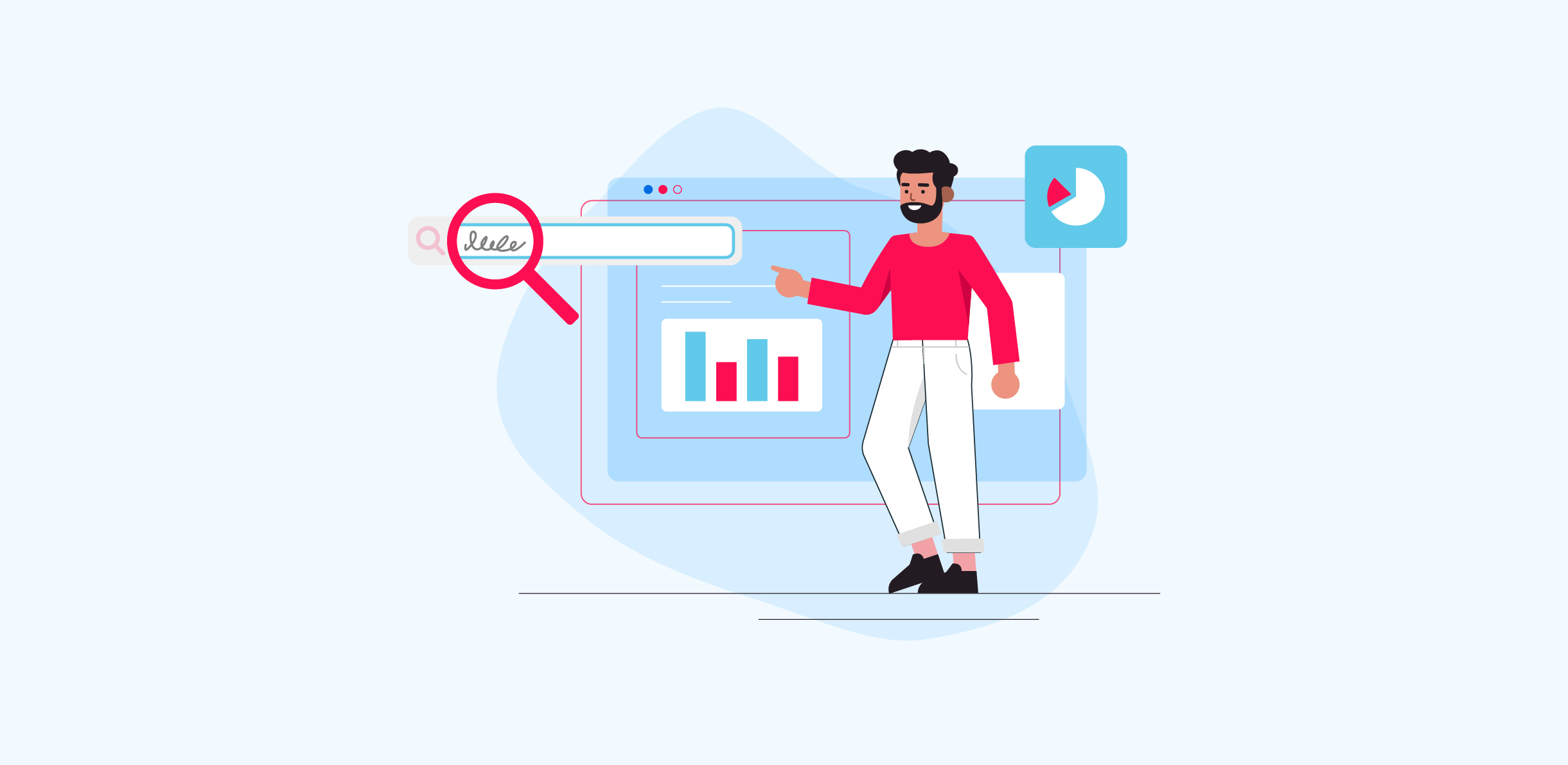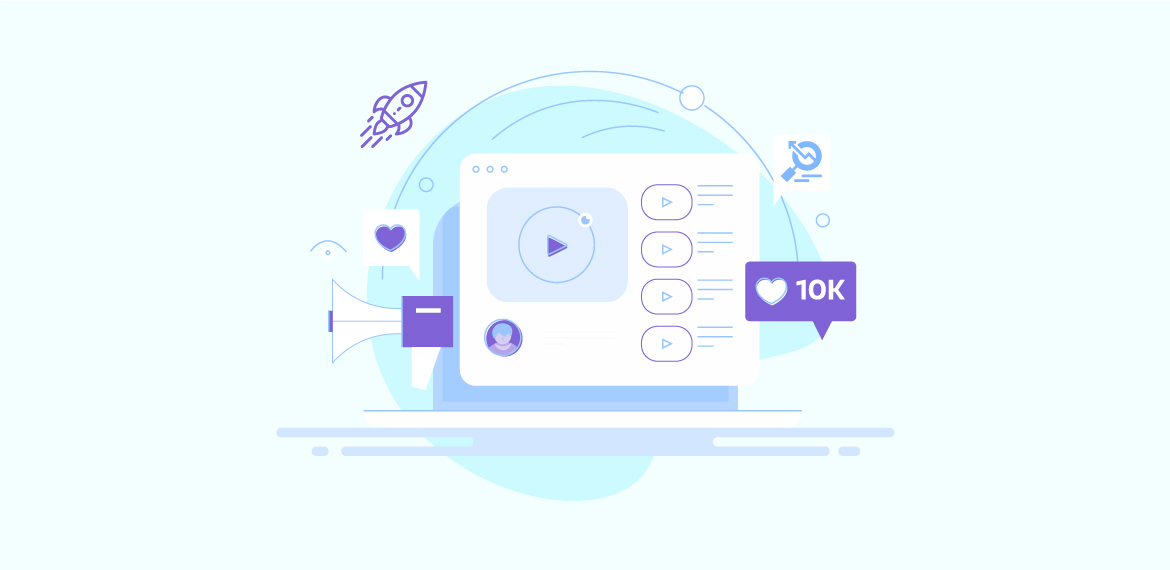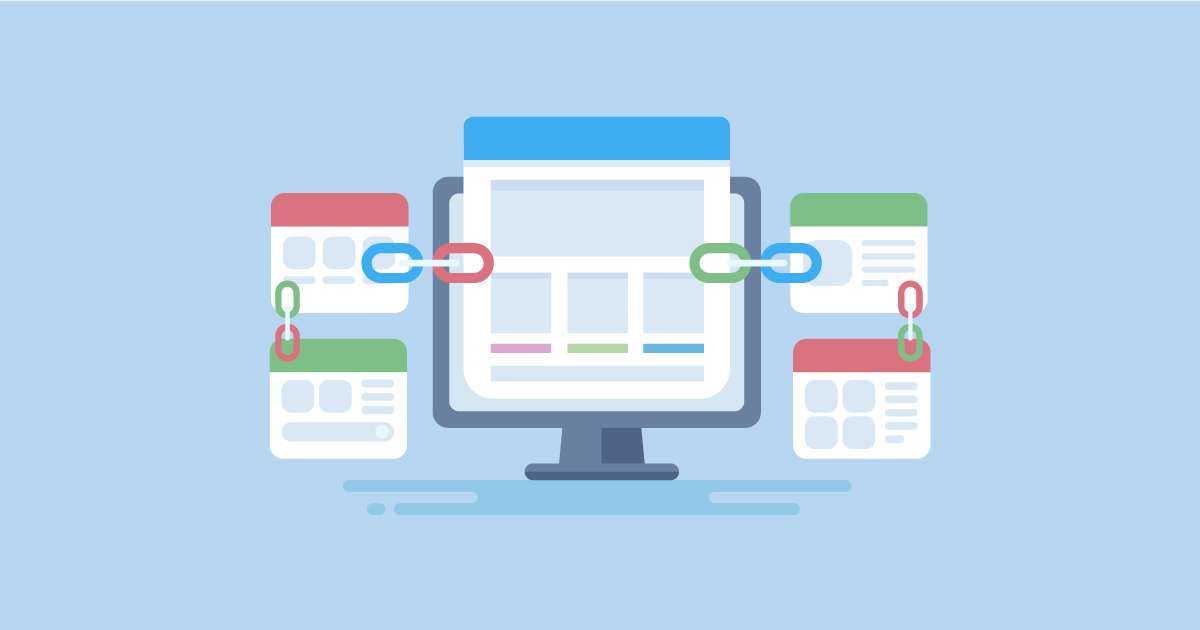Top On-page SEO Factors To Use In 2020 And Beyond
Keeping up with the ever-evolving world of SEO can sometimes feel overwhelming. Especially, when it comes to on-page SEO, there are so many things to keep track of. You wouldn’t be the first person if you felt like just kicking back in your chair and let things take their course of action on their own.
Lucky for you, with this blog we’re bringing you a checklist of the most important on-page SEO tactics that you need to care about. But before we dive in, let’s briefly go through what is on-page SEO.
What is On-page SEO?
On-page SEO, as the name suggests, is everything you do on your page or website to rank it higher on Google. This can be anything from optimizing your meta tags to improving your page speed and more. On-page SEO can be considered as different from your off-page SEO, which are actions taken outside your website.
Any experienced SEOs will tell you just how much you need to prioritize your on-page SEO over everything else. This is because, without a solid foundation (which is your on-page SEO), anything that you do will not yield the desired results.
The Top On-page SEO Tactics That Work
The tactics discussed here have worked great for us here at Link Building HQ. It all comes down to how well you execute them. Here are the top on-page SEO tactics that you need to know in 2020 and beyond.
Optimizing URLs
Your URLs need to be concise enough to appear fully on the search results and should always contain a keyword. It’s a good idea to keep your keyword close to the root domain and to be economical with the character count.

Meta Titles and Description
Writing Meta titles and descriptions in a rush isn’t the smartest thing to do. This is because they can affect your Click-through Rate (CTR). After reading your meta descriptions and your titles, the searchers make up their minds whether to click on the link or not. If they click, that’s a signal to Google that your page is relevant, which can improve your rankings.
But the opposite is true, too. So, always try to put some thought into your meta titles and descriptions. Try to keep the keyword at the start and use relevant modifiers like “best” or “newly updated” to provide some sort of an incentive for the searcher to click.
Responsiveness

With a responsive web design, your site adapts to whichever screen size it’s being displayed on. This not only helps you to get in the good books of the users, but it also helps you a ton with your rankings. In fact, since 2018, Google has introduced mobile-first indexing, which means that the crawling and indexing of your website would be based on your mobile version.
Page Speed
Google has categorically stated that it uses page speed as a ranking factor. And usually, the main culprits for a high load time are your images. So, spend some time optimizing them. If you’re on WordPress, that can be made super simple through plugins. While you’re at it, add Alt text on images using a keyword for better SEO. Also, see what improvements you can make using a free tool from Google called Page Speed Insights.
External Links
Just like how other sites linking to yours helps a lot in your ranking, your linking to other high-authority websites sends signals to Google regarding what your content is about. It is a good practice to always link up rather than link to those sites that are relatively unknown. Use descriptive keywords in anchor text (the text through which you’re linking) to reflect that the topic of your content is similar to that of the targeting page.
Internal Links
If you’re smart with your internal linking strategy, you can give a helping hand to some of your pages that are struggling in the rankings.
Suppose you have written a blog and its ranking on page 1 of Google for the related keywords. This means this page has gathered a lot of authority for you. But it’s time to leverage it further by adding links to your other related pages, which are relatively unknown and need a bit of a boost.

An effective internal linking strategy will allow the link juice to flow from authoritative pages to other relevant pages that are struggling to rank. Tools like Ahrefs can also tell you which pages on your website have high authority, so you can get going with that as well.
Apart from that, make sure that the URL structure of your website is flat rather than hierarchical. Flat structures allow all of your pages to get a fair chance to get some of that link juice flowing toward them. Whereas, with a hierarchical structure, some of your pages may be pushed way too far in the site structure for the link juice or even the crawler to reach.
Readability
Content that scores high on readability helps to retain readers for a longer period and have them coming back for more. The following are the characteristics of content with good readability:
- Legible text size and color
- Headers and paragraph breaks
- Optimized for skim readers – add bullet points wherever possible
- Use of Images, videos, GIFs, Snapshots
Check out our blog on the top 5 copywriting tips if you’re looking to know more about how to write optimized and engaging content.
Optimize for Featured Snippet
One on-page factor that is somewhat linked with readability is how well your content is optimized for featured snippets. Featured snippets can make a huge difference in improving the CTR of your content.
They appear at the top of the search results, making it easier for the searchers to find their answers.

Schema Markups
Another way to be uniquely positioned in the SERPs is by using schema markups. They let you tell search engines how you want to be represented in the SERPs. For example, you can display reviews from happy customers to get a higher CTR from other potential customers. Another example is using FAQ schema. With that, you’re providing an answer to a specific customer question. There’s a whole library of schemas that you can look at schema.org.
HTTPS
In 2014, Google came out with a statement saying how it uses HTTPS as a ranking signal. So it’s high time that you get an SSL certificate for your website and upgrade to HTTPS.
A Final Word
On-page SEO is a core part of any digital marketer’s to-do list. If you’re not putting in the time and effort to improve your website’s on-page elements, then you’re doing yourself a great disservice. Even though this checklist isn’t exhaustive, the on-page SEO factors listed here have proved to bring great results. Try them out, and you’re very likely to see a significant bump in your organic rankings.
